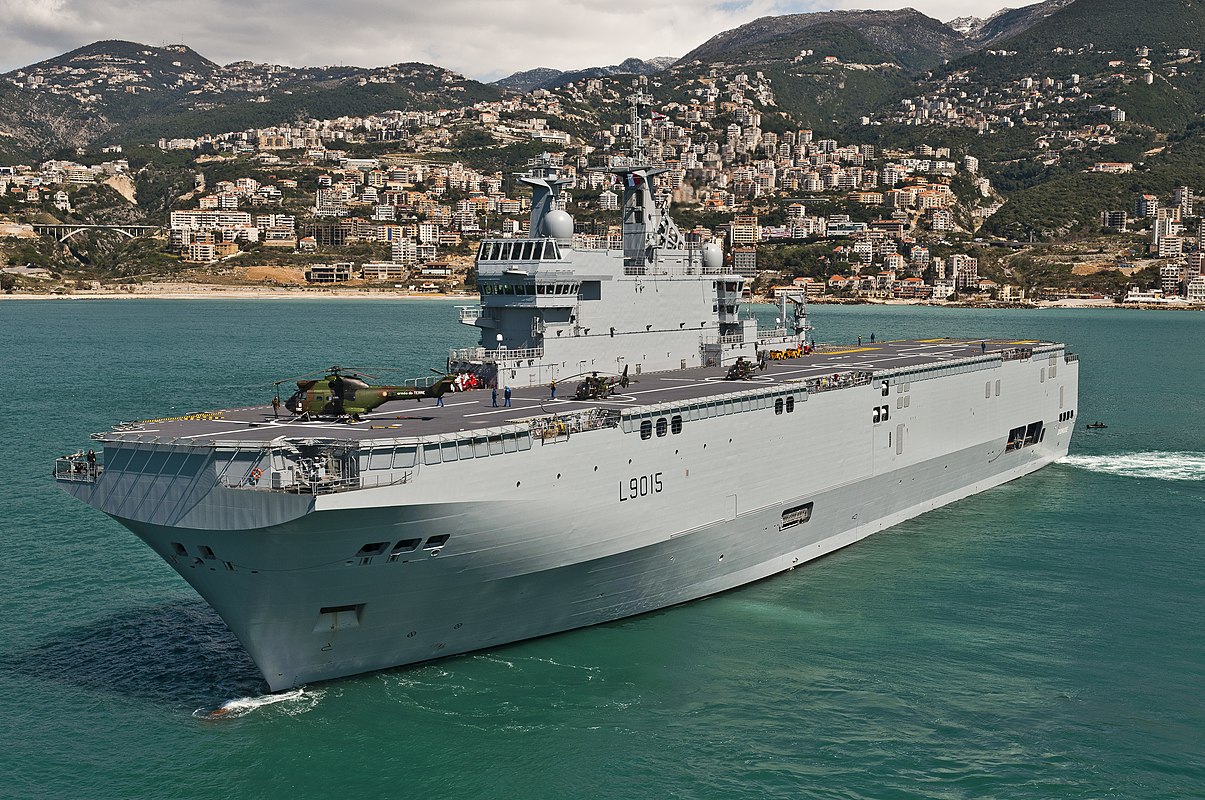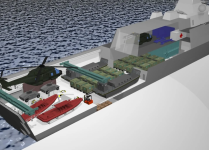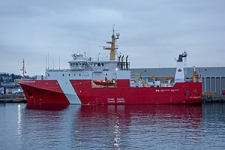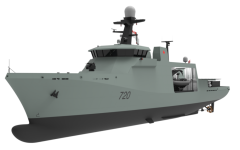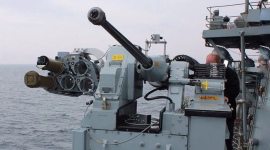The NSPS makes a major distinction between ships under and over 1000 tonnes displacement. Kingstons fall under the line.
View attachment 82060
The smallest "large" vessels currently built under the NSPS are the OFSVs built by Sea Span at 3212 tonnes
View attachment 82058
What happens if the tonnage of the small vessels were raised to 2000 tonnes from 1000 tonnes?
Vard's Vigilance is apparently a 75m vessel which puts it broadly into the same class as the CCGS Leonard J Cowley (72 m and 2080 tonnes) and the Irish OPV Roisin (79 m and 1500 tonnes). The RNZN's Protectors are 85m and 1900 tonnes. Denmark's Knud Rasmussen OPV's (which are not Vard designs) are 72m and 1720 tonnes.
View attachment 82059
Can some of Admiral Topshee's concerns be addressed by advancing a Kingston replacement and utilizing some of the smaller yards? The displacement of hulls seems to be rising in any event. 4000 tonne frigates are becoming 8000 tonne destroyers. Multi-Role and Arctic hulls are moving up beyond 6000 tonnes. Maybe the smaller yards could be given a bit more leeway on displacement.
Could the larger hulls take some of the mission, and training, burden off the Halifaxes? Perhaps allowing some of the CPFs to be tied up, or even laid up? Maybe some or all of the MCDVs could be retained as RCNR vessels?
I note that the rendering of the Vigilance could be construed as having this armament -
View attachment 82061
It is a 30mm RWS in RN service with a light, coaxial Multi-Purpose Missile - in this case the Thales Martlet currently in use against Russian UAVs but originally designed for air to surface roles against fast attack craft.

www.navylookout.com
